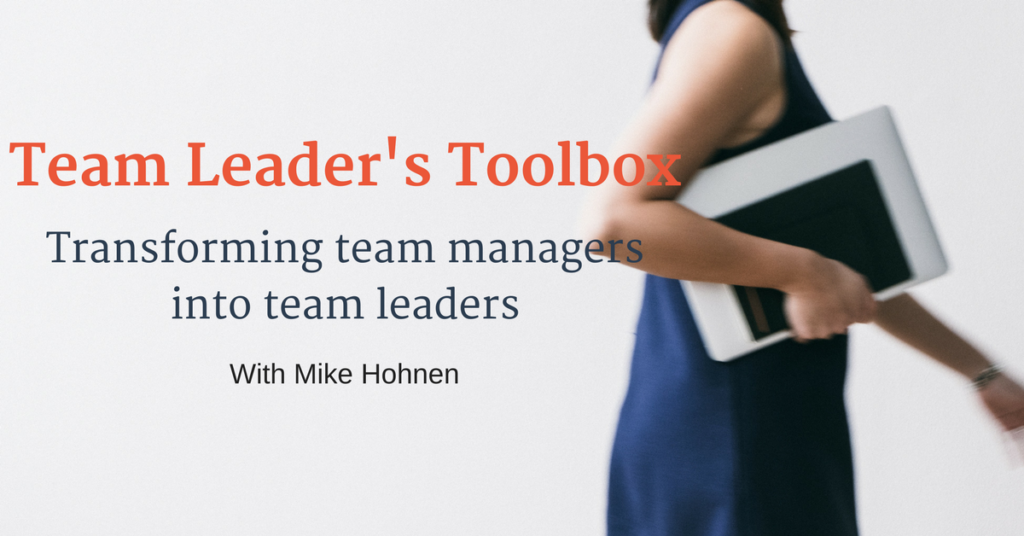Research conducted by the Center for Creative Leadership has identified a number of challenges that first time mangers (FTM) have in common. You can read the full list here. I have chosen to focus on the top one because you could argue that the rest of the issues are all sub issues that arise from the same overall challenge:
Adjusting to People Management/Displaying Authority
The First Time Manager has been used to achieve results through a high degree of control over themselves. They set goals and manage their time and effort in such a way as to reach them. That is exactly what has drawn attention to them in the first place and is the reason they have now been promoted to their first management position.
But the way they ‘control’ themselves is not going to work on others. They need to learn to switch from control to influence And that is a very different approach.
“If you knew how many times I have told them to do that”
But as they eventually work out, telling isn’t leading.
So more than anything, it is a mindset shift. Understanding and accepting that we cannot control other people, we can only try to influence them. And the degree to which we are successful in our influencing will reflect back on how well we end up doing as a team and ultimately that will reflect back on our image as managers and leaders.
So what does it take to influence other people?
First, our new FTM needs to understand that people do whatever they do because it is meaningful to them. The only way to get people to do something they consider meaningless is by forcing, threatening or bribing them. But none of these ‘instruments’ produces particularly happy team members.
So we need to focus on making whatever we are trying to do meaningful to them. One way to think about that is to use the DAC framework also developed by the Center for Creative Leadership. DAC stands for Direction, Alignment and Commitment. (https://www.ccl.org/articles/leading-effectively-articles/make-leadership-happen-with-dac-framework/) That means establishing agreement on what we are trying to achieve as a team (Direction); Coordinating and integrating the different aspects of the job so that it all fits together and serves the agreed direction (Alignment); Establishing a collective desire and responsibility for succeeding with the task (Commitment).
So what does DAC look like in reality?
|
Happening |
Not Happening |
|
|
Direction |
|
|
|
Alignment |
|
|
|
Commitment |
|
|
Now you may be thinking that is all well and good on paper but that must be really hard to achieve – how on earth does one do that as an experienced manager let alone a rookie?
Actually there is a very cool process for that.
I will show you next week.
With a bit of practice this will become second nature to you – and you will see a very different kind of team performance as a result.
___________________________________________________
This is the third article in a series on how to lead as a first time manger. If you would like to know more, check out other articles of the first time manager series:
- How are you supporting your first time managers?
- The big leap… from team member to team leader
- First time manager – The challenges
- Direction, Alignment & Commitment in 4 easy steps
- How your relations affect your results
- Powerful or powerless, what do you prefer?
- Behaviour
- Conversations, not small talk
- Take charge of your energy levels!
- You won’t get results by pussyfooting around the issues!
- What drives a fabulous employee experience?
I have a new online training out on this: The Team Leaders Toolbox – check it out

